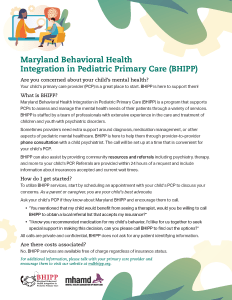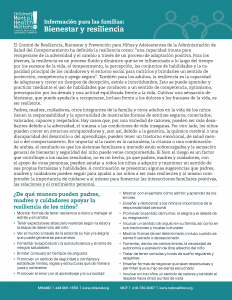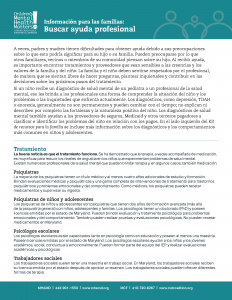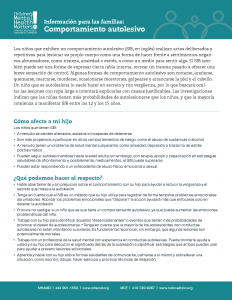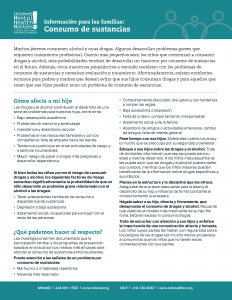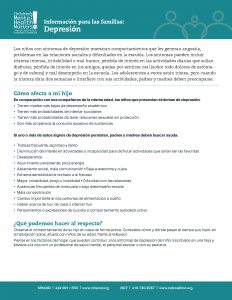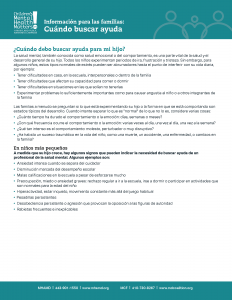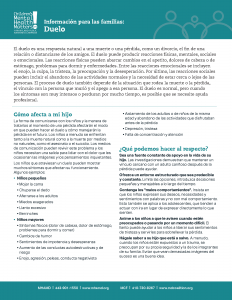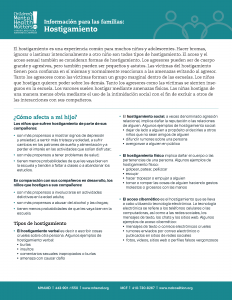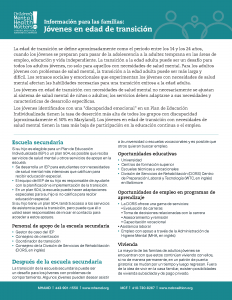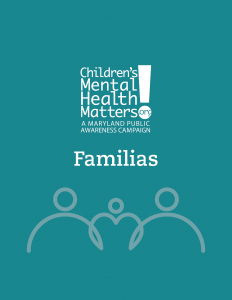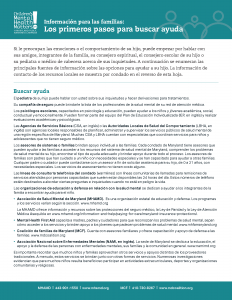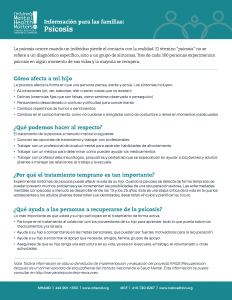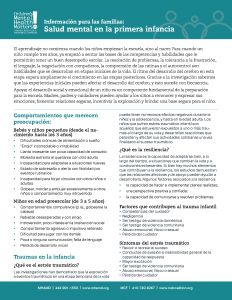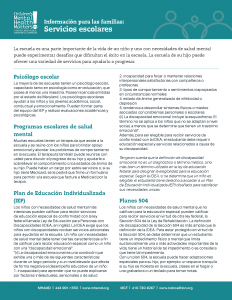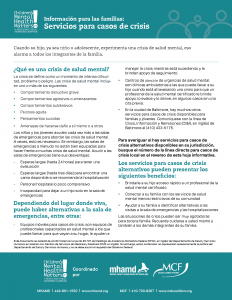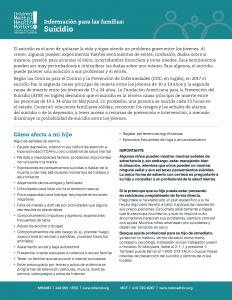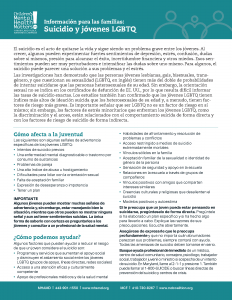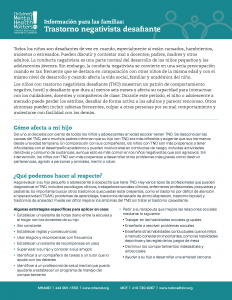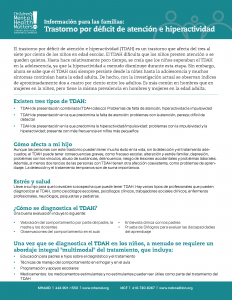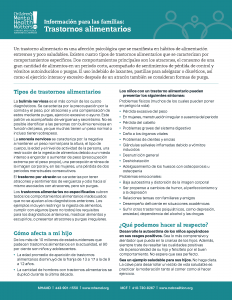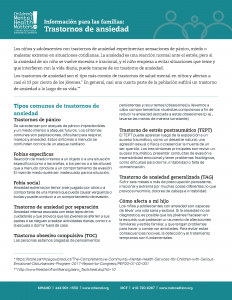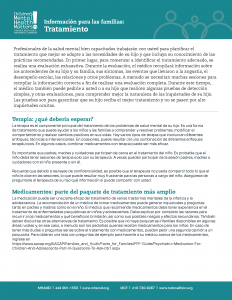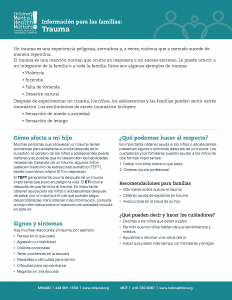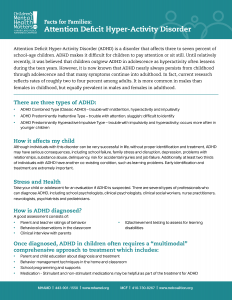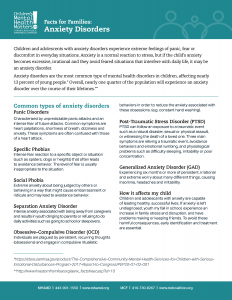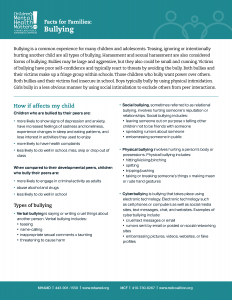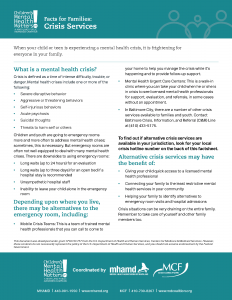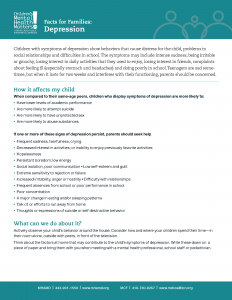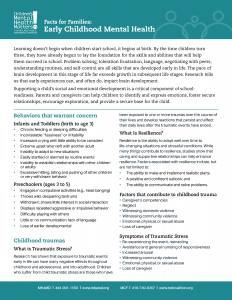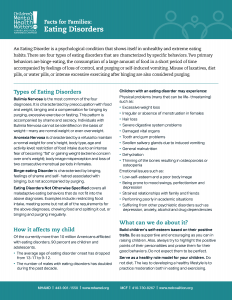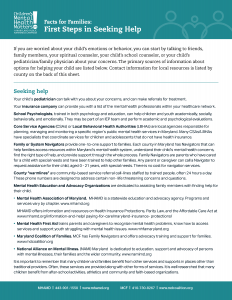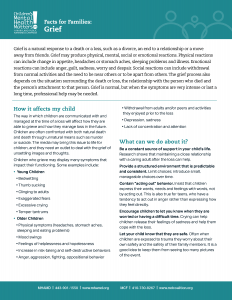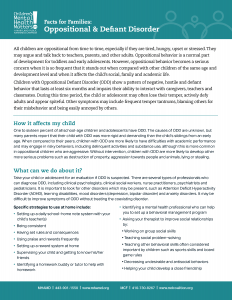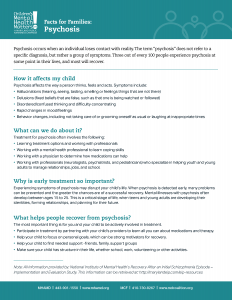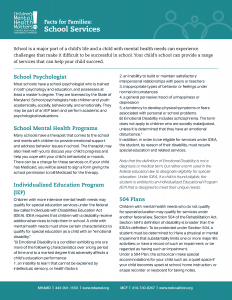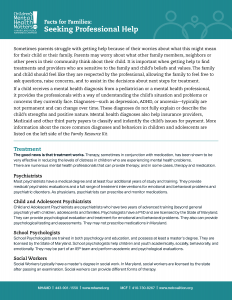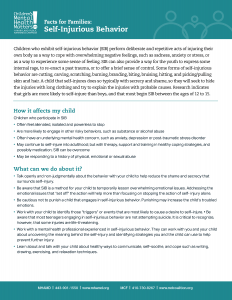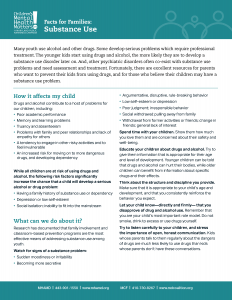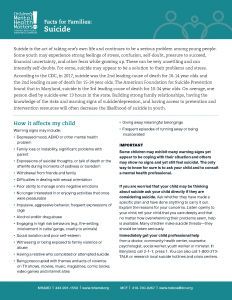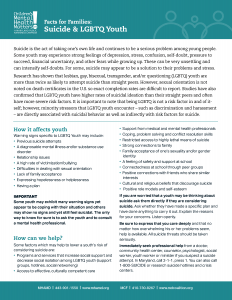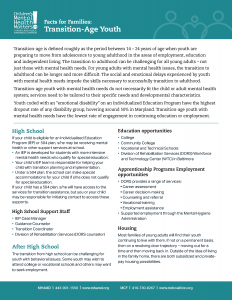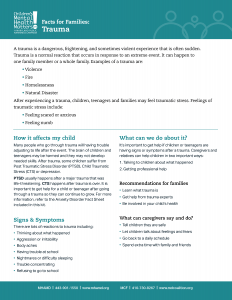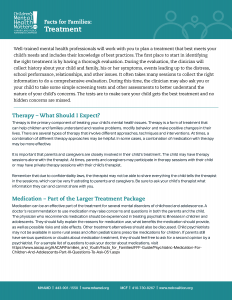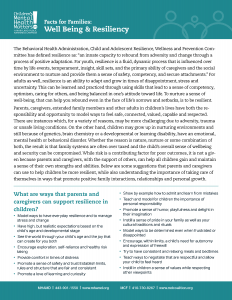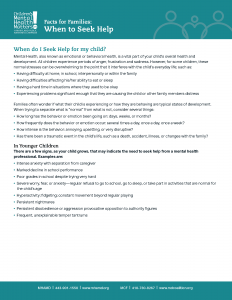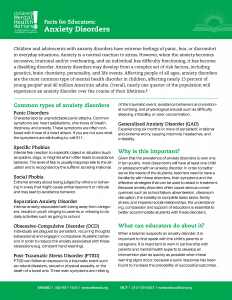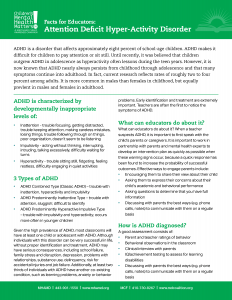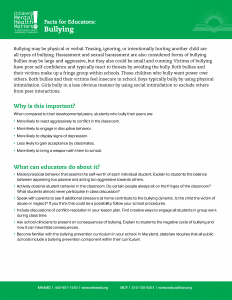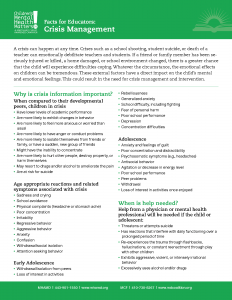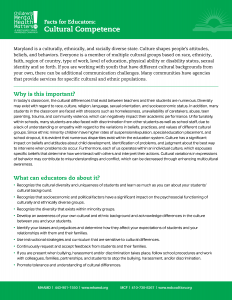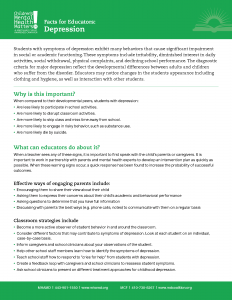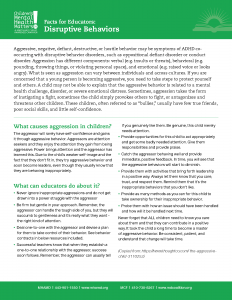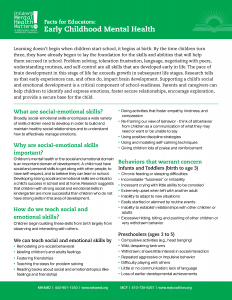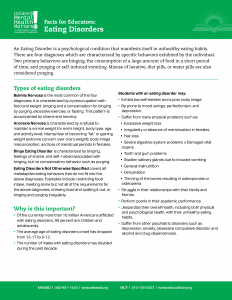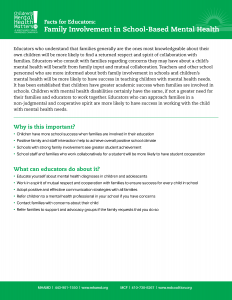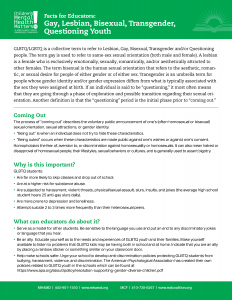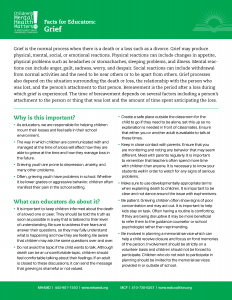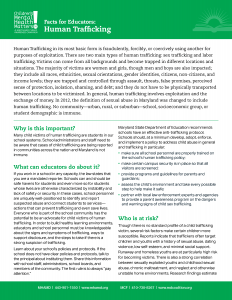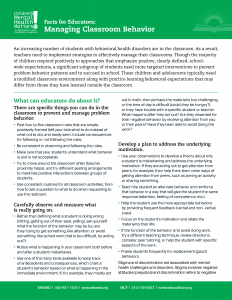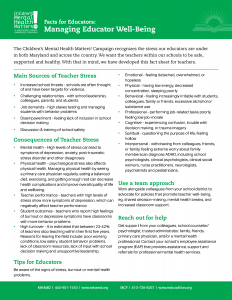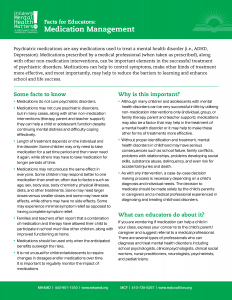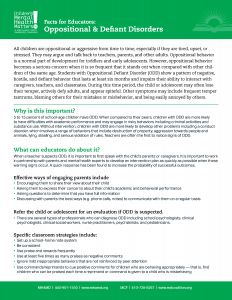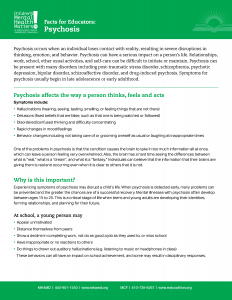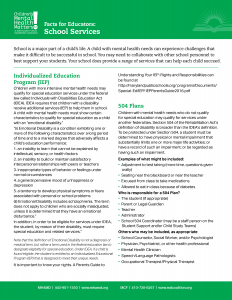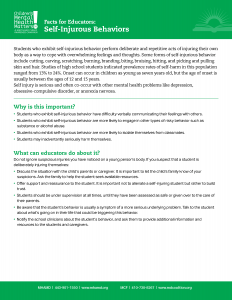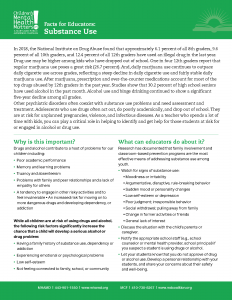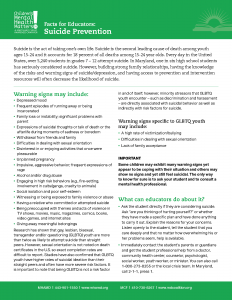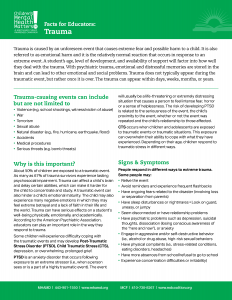The Campaign's online Resource Directory is a rich library full of curated toolkits, activity sheets, information to support children across the lifespan, covering a variety of topics related to children's mental health.
Browse the Resource Directory to learn about mental health, find tools to support a child you love and care about, learn coping skills, and seek support for your family or a family you know.
This directory was updated in the Fall of 2022.
Liberate
- Liberate is the community to heal, create, and share. We believe that meditation is a sacred and important tool to express ourselves with our own medicine. As we share this medicine, we become more at home within ourselves. We become more at home in our bodies. We become more at home in our hearts. This is the path to liberation and freedom. This is what we are all seeking. Love.
Mental Health Coalition BIOPC Resources
- find specific mental health resources for the BIPOC community, click here
Center for Native American Youth | Learn more
MANA A National Latina Organization | HERMANITAS® The only national youth mentoring program designed for and by Latinas
We R Native
For indigenous youth: information about health, relationships, education—all things youth-centered. Also offers various contests and grants
The Steve Fund
Organization focused on supporting the mental health and emotional well-being of young people of color.
The Loveland Foundation
Prioritizes opportunity, action, validation, and healing for communities of color with a particular focus on Black girls and women. Includes a therapy fund to provide assistance to Black women and girls seeking therapy nationally.
Circles of Care
A SAMHSA Center for Mental Health Services, Tribal Training and Technical Assistance Center program that creates models of care for American Indian and Alaska Native youth.
Brother You’re on My Mind
An initiative launched by Omega Psi Phi Fraternity, Inc. and NIMHD to raise awareness of the mental health challenges associated with depression and stress that affect Black men and families. Website offers an online toolkit that provides Omega Psi Phi Fraternity chapters with the materials needed to educate fellow fraternity brothers and community members on depression and stress in Black men.
Black Mental Wellness
Provides access to evidence-based information and resources about mental health and behavioral health topics from a Black perspective, as well as training opportunities for students and professionals.
If you or a loved one needs assistance or is thinking of suicide, please get help immediately. These resources below offer immediate help.
MARYLAND CRISIS HOTLINE
Call: 800-422-0009
Available 24 hours a day, 7 days a week.
-OR DIAL-
Dial 2-1-1
2-1-1 Maryland 211 Maryland is the state’s most comprehensive health and human services resource database, connecting Marylanders to essential resources by phone, text, chat and web. English and Spanish speaking resources are available 24/7/365, with translation in 150+ languages. Call 2-1-1 or search for resources, including behavioral health resources. Learn more about How Parents and Caregivers Can Support Teen Mental Health
Alternatively, you can visit Suicide Prevention Lifeline to talk via phone or live webchat.
We can all help prevent suicide. The Lifeline provides 24/7, free and confidential support for people in distress, prevention and crisis resources for you or your loved ones, and best practices for professionals in the United States.
County By County Crisis Services
Additional Resources: Psychiatric Advanced Directives: Youth & Young Adults Implementation Guide |
Comprehensive Treatment at The Center for Eating Disorders at Sheppard Pratt
Evidence-based eating disorder treatment for anorexia, bulimia, binge eating, and other eating disorders. Click here or call 410-403-3330 to learn more about our program
SAPHNA (School & Public Health Nurses Association)
- Eating Disorders Guide for Educational Settings
- Toolkit for School Nurses - Eating Disorders Can Impact Anybody
- My Safety Plan (to be completed with a child or young person)
F.E.A.S.T. | Families Empowered And Supporting Treatment for Eating Disorders
- What Parents Can Do To Help
- A Guide to Medical Care
- Supporting Siblings of Eating Disorder Patients
- Family Guides
Family & Youth Services Bureau
- Online Recruitment of Youth Via Social Media & Internet
- Human Trafficking in Youth Serving Programs: Blueprint for Organizations Working with Street Youth, Homeless Youth, & Youth at Risk
- Human Trafficking for Runaway & Homeless Youth Serving Programs
- TIPSHEET: Peer-to-Peer Human Trafficking Recruitment in RHY Settings: Trauma-Informed Response
Foster Care
Kinship
- Maryland Kinship Care 101: What It Is and How It Helps | 2-1-1 Maryland
- Kinship Navigation: How To Find Support and Overcome Challenges | 2-1-1 Maryland
- MDKinCares | Get connected to kinship support through text message. Sign up for MDKinCares, by 211 Maryland and Maryland Department of Human Services.
- Maryland Resource Parent Association: provides information, support, and advocacy for foster parents, adoptive parents, kinship parents, and guardians who open their homes to give stable families to Maryland's children in need of care.
CDC Data & Statistics
Sound It Out Together
Using the power of music to help caregivers start conversations with their kids about emotional wellbeing.
www.sounditouttogether.org
- Conversation Starter Cards
- Learn more about card use: www.sounditouttogether.org/talk
JED Foundation
- MDYoungMinds – Text messages for teens and adolescents to support mental well-being. Sign up for MDYoungMinds, through 211 Maryland and the Maryland Department of Health, Office of Suicide Prevention.
Behavioral Health System Baltimore
Maryland Association of Nonpublic Special Education Facilities
Maryland Behavioral Health Integration in Pediatric Primary Care (MDBHIPP)
National Center for School Mental Health
Created in partnership with Maryland Behavioral Integration in Pediatric Primary Care (MD-BHIPP) & Mental Health Association of Maryland.
Download ResourceCreated in partnership with Maryland Behavioral Integration in Pediatric Primary Care (MD-BHIPP) & Mental Health Association of Maryland.
Download ResourceCreated in partnership with Maryland Behavioral Integration in Pediatric Primary Care (MD-BHIPP) & Mental Health Association of Maryland.
Download ResourceChild Mind Institute
- Trauma Treatment Groups for Students (TTGS) Training Program
- The Child Mind Institute offers a trauma treatment training program for school-based mental health providers on the delivery of evidence-based group treatment for trauma-exposed students. The Trauma Treatment Groups for Students (TTGS) intervention is an evidence-based treatment protocol for students ages 8-18 struggling in the aftermath of trauma exposure.
- Trauma & Grief Resources
Discussing Your Child’s Mental Health with Your Primary Care (Spanish)
Download ResourcePreparing for a Telemental Health Care Visit (Spanish)
Download ResourceFor immediate help please call, text, or visit the following
For more information on suicide, go to NIMH's website.
Maryland Crisis Hotline
1-800-422-0009 or 2-1-1, Press 1
Crisis Text Line
Text HOME to 741741 from anywhere in the United States, anytime, about any type of crisis.
National Suicide Hotline
1-800-SUICIDE
National Suicide Prevention Lifeline
1-800-273-8255 (TALK)
Mental Health First Aid Maryland
- Mental Health First Aid® Maryland is a public education national certification course designed to teach individuals, professionals, businesses, and community members the skills necessary to respond with care and genuine support to an individual experiencing a mental health or substance use concern or crisis
Maryland’s Suicide Prevention and Early Intervention Network (MD-SPIN)
- MDYoungMinds – Text messages for teens and adolescents to support mental well-being. Sign up for MDYoungMinds, through 211 Maryland and the Maryland Department of Health, Office of Suicide Prevention.
Video Gaming Disorders with Clifford Sussman, M.D., Child, Adolescent, and Adult Psychiatrist, Internet and Gaming Addiction Specialist
- Handouts: Healthy Screen Use Guide
- View Recording
- Speaker's Website: www.cliffordsussmanmd.com
This download includes all of the individual fact sheets in this category.
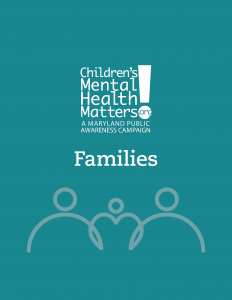
Updated 2021
Download ResourceThis download includes all of the individual fact sheets in this category.
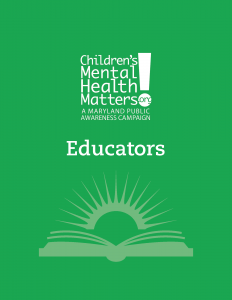
Updated 2021
Download ResourceCreated in partnership with the Mental Health Association of Maryland & Maryland Behavioral Integration in Pediatric Primary Care (MD-BHIPP).
Download ResourceA county-by-county guide of programs in Maryland.
Download ResourceCreated in partnership with Maryland Behavioral Integration in Pediatric Primary Care (MD-BHIPP) & Mental Health Association of Maryland.
Download ResourceThe Pathway for Improving the Delivery of Mental Health Services in Education
Download ResourceA county-by-county guide of programs in Maryland.
Download Resource
